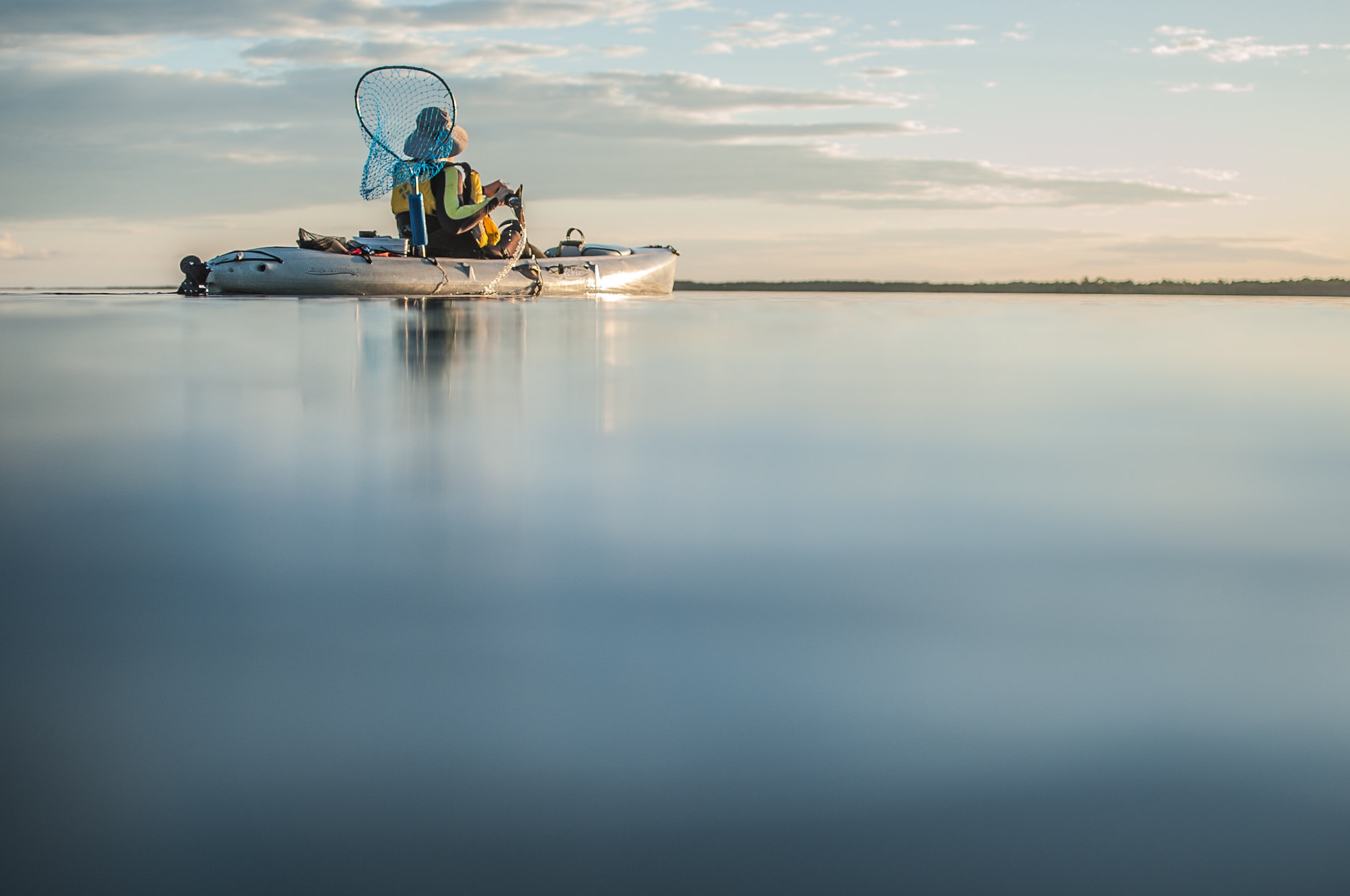Spring and fall are perfect times of year to visit the quaint town of Fredericksburg, tucked away in the scenic Hill Country of Texas. The weather is warm but mild, making this an economical spring break getaway for families within driving distance or those wanting to escape colder weather in the north (who want to stay in the States for break). If you aren’t familiar with Fredericksburg, this tourist town of less than 10,000 attracts millions of visitors per year, who enjoy their German-Texan heritage, historic buildings and museums, excellent shopping and fun dining scene.
What to do in Texas Hill Country with kids:

Start at the Fredericksburg visitor center located just one block from Main Street on E. Austin. Here, you can start with a trolley tour to orient yourselves to the town. The tour highlights area history, including the unique town square, which the German settlers utilized for everything from celebration (think Octoberfest!) to protection from the Comanche tribes in the area. Kids will find the trolley tour fun (it’s about 45 minutes long, but you can hop off as desired), but mostly, this is a good chance for Mom and Dad to get a feel for the downtown area to decide what to come back to later.

Next, explore the National Museum of the Pacific War. Wondering why there’s a sprawling, world-class museum dedicated to WWII’s Pacific theater in the heart of little Fredericksburg, Texas? It’s thanks to one of their own, Admiral Charles Nimitz. When the town expressed interest in creating a museum in his honor, he only agreed if they highlighted all the men who served under him and the women who sacrificed on the home front, instead of only focusing on his career. The result: a massive, beautiful museum that does an excellent job of telling the story of both the American experience in the Pacific as well as the Japanese perspective. There’s a fairly small gallery focusing on Nimitz, with the rest of the main museum offering gallery after gallery that walks visitors through the WWII Pacific theater chronologically. You get a feel for the early conflict, then experience the bombing of Pearl Harbor in a very tasteful and dramatic gallery. More rooms follow, highlighting the years of battles in the Pacific.
Note: Look for the kiosks with audible oral history. The museum has curated thousands of first-hand narratives from veterans of the Pacific theater, some of which are on offer in the galleries. Take a moment to listen to their stories in their own voices.
There are also outdoor spaces and galleries with WWII planes and vehicles, and even submarines and torpedos. It’s very impressive all they have on display here. Be sure to save time to see the Japanese Garden of Peace outside and the Pacific Combat Zone (one block away). This space is where they do reenactments and even when not in use, the battlefield is fascinating the behold. There’s a hangar with multiple vehicles as well.
Tip: This museum takes a lot of time and takes a lot out of you. Your tickets (which are only $15 for adults, by the way) are good for 48 hours. I suggest breaking up this museum into two visits, with at least a lunch break in-between, if not a whole day.
Next, check out the Pioneer Museum Complex on the edge of downtown. This outdoor museum is much more manageable and takes you through the general experience of the German immigrants who settled Fredericksburg. A short video tells the story of their hardships upon arrival to the New World, then families can tour through multiple buildings, including a farmstead, barn, blacksmith shop, and even a schoolhouse. Docents and museum workers are on-hand to answer questions, and a self-guided map leads you through.

Outside of Fredericksburg, do not miss Sauer-Beckmann Living History Farmstead in Lyndon B Johnson State Park. This large state park has a lot going on, including wild bison herds and Texas Longhorns, and the Lyndon B. Johnson National Historical Park (a national park site) where families can tour Johnson’s Texas White House. But kids will be most interested in the Sauer-Beckman farmstead, and that’s where you should start.
This living history site is nothing short of amazing. Docents and state and national park rangers work the farmstead daily (8 am to 4:30 pm), and when I say ‘work’, I mean work. Dressed in period costume, they keep a working, productive farm, including milking cows, tending to sheep and chickens, making bread and butter, canning vegetables, butchering and curing meats, sewing and weaving…all of it. They live without electricity or running water all day long, and in every room in every building, kids can observe their work and ask questions. I learned how to utilize the gallons of milk produced by their cow every day without the aid of refrigeration…it involves turning milk to cream to butter to curds and whey to cottage cheese to hard cheese, basically!

There are gardens and pastures to check out, and kids can observe the natural wind energy produced by the windmill. If you’re at all interested in knowing how to ‘live off the grid’, talk to these guys! Everyone was fascinated.
Afterward, drive the short distance to the national park side of the park to see Lyndon B. Johnson’s ranch, which includes a guided house tour and the chance to check out their airstrip and airport hangar. Older kids may be interested in this, but if you have young kids, I recommend spending more time at the living history park or enjoying the beautiful park grounds, which include a river, picnic areas and even a swimming pool (open seasonally).
With the rest of your time in Fredericksburg, explore the fun shopping and dining downtown. It’s a casual town and there are plenty of places to eat outdoors or enjoy play spaces (especially in the main square). If you have a babysitter at the ready, carve out some time to enjoy the wine scene in Fredericksburg, or the emerging distillery scene (see my post on Fredericksburg for grown-ups).
Where to eat in Fredericksburg with kids:
Fredericksburg boasts plenty of casual dining options, most of which have live music at night, which is a plus when you’re trying to entertain squirmy kids. We most enjoyed the following:

Clear River Pecan: this is a go-to place for ice cream or a coffee drink as a pick-me-up in the afternoons
Burger Burger: Great for a good burger, obviously, with a nice patio overlooking Main Street
Tubby’s Ice House: this local joint is just across from the Pacific museum, making it a perfect lunch spot. Their street foods include tacos and burgers and kids can get homemade popsicles while grown-ups enjoy frosé (frozen rosé). Yes, it’s as good as it sounds.
La Bergerie: make yourselves a picnic with the charcuterie on offer at this artisanal market (Mom and Dad, grab a bottle of wine to go with it). All the meats here are Texan and cured on site.
Fredericksburg Pie Company: a must-do, especially during the spring peach season!
West End Pizza: This classic pizza joint has lovely outdoor seating and homemade, wood-fired pizzas. Best of all, their salads are very good, so you can eat fairly healthy if you want to.

Where to stay:
Stay at Fredericksburg Inn and Suites right off Main Street. You can walk to everything, and the suites include a separate living space with doors, making it easy to put kids down for the night before Mom and Dad turn in. I loved the big pool area with grass and outdoor BBQ pits. There’s ample seating outside, perfect for winding down the day with a glass of wine (wine bottles are available for purchase right at the front desk). The included breakfast is decent (your average continental breakfast offerings of waffles, eggs and bacon, yogurt, toast and muffins and cereals).

Disclosure: I experienced Fredericksburg at the invitation of the tourism board, for the purpose of review. All opinion remains my own.
















































